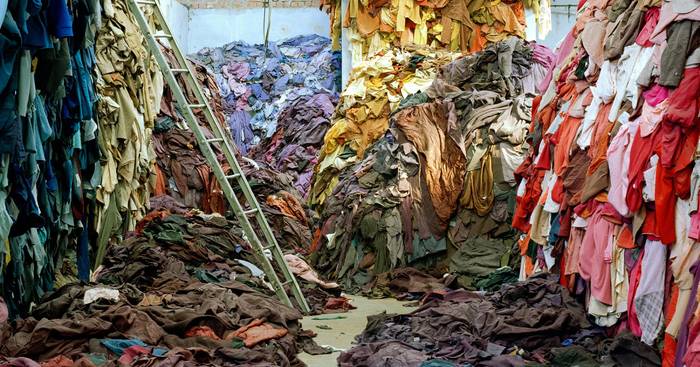The Environmental Crisis
There’s no doubt about it. The fashion industry is growing and it’s growing fast. Over the past decade, the fast fashion industry has grown exponentially and is now worth an estimated $2.4 trillion. It’s grown by 21% in the past 3 years and is taking the world by storm. But this success story comes with a darker twist. The fashion industry’s negative impact on the environment is undeniable. In fact, it’s the second largest polluter in the world, just after the oil industry.
And honestly, this doesn’t come as too much of a surprise. We go shopping on Friday nights and splurge hundreds of dollars buying all the new designs we see. And you can’t deny it. We LOVE the cheap prices they come at too. But today about 80 billion pieces of clothing are purchased each year, and 11 million pounds of textile end up being wasted. The same clothing we buy on a whim ends up in dumps, left in a landfill to waste away and release all kinds of chemicals. And even if you donate your old clothes to a thrift store, only 10% of clothing from second-hand stores are resold. Eventually, everything ends up in the landfill, or sometimes back in the original country it was made in. To put this into perspective, think of it like this. Each second, about a garbage truck full of clothing, is either landfilled or burned.
But this is just the beginning, the biggest problem comes from the actual production of our clothes. Most are made of either cotton or synthetic materials(polyester, nylon, etc.), and both are ridiculously bad for our environment. The fast fashion industry is a major natural resource consumer, and a lot of this is because of the farming of cotton. Cotton is a thirsty, thirsty crop, and because of this, the fashion industry’s specialty has become using up freshwater resources. It takes about 2,700 gallons of water to make one cotton shirt and 2,000 gallons to make a pair of jeans. And although cotton farms only take up about 3% of the world’s farmable land, it’s responsible for 24% of insecticides and 11% of pesticides. Synthetic fabrics, on the other hand, don’t damage as much land or water resources, but boy are they gassy. A polyester shirt releases more than double the number of greenhouse gases as a regular cotton shirt. And in 2015, polyester production for clothing released 706 billion kilograms of greenhouse gases. Also, synthetic fabrics are made of plastic fibers, which means that they’re non-biodegradable and can take up to 200 years to fully decompose. Yup, so that means that your shirt from Forever 21 that you bought 3 years ago and donated to Goodwill, could be sitting in some landfill for the next 197 years.
Okay then, let’s finish up with everybody’s favorite topic, chemicals. Toxic chemicals are used everywhere in the fashion industry. They’re used during the fiber production, in the dyes, in the bleaching processes. And the leftover water waste that factories end up with after all the processing, is chock-full of toxins like mercury, lead, and arsenic. You know, all the happy chemicals. That could kill you. So where does this dangerous, untreated, wastewater go? You guessed it, directly into rivers and lakes nearby. Which leads to this glorious masterpiece here.
We’re not asking you to go out and completely re-buy your wardrobe with sustainable brands. And we’re certainly not suggesting that you start growing your own organic cotton, treating your own fabrics, and completely making your own clothes from scratch. We just ask that the next time you find a cute top sold at the miraculous price of $10, you be a little suspicious and think carefully about what you’re really doing and what you might potentially be harmful.

